Our Favorite Conservation Groups
96 Elephants
Africa
As a campaign through the Wildlife Conservation Society, 96 Elephants was started in 2013 to combat the killing of elephants. Named for the 96 elephants poached each day, the campaign sought out to reduce elephant related crime and educate the world on the magnitude of the situation. Did you know that the United States is the second largest importer of ivory behind China? Did you know the sale of ivory funds most war and terrorism in Africa? 96 Elephants works day in and day out to provide a more secure habitat for elephants and to regulate policy to reduce the sale of ivory, and they need your voice to spread the word and have an impact!
Learn More
Association of Zoos and Aquariums (AZA)
United States of America
The Association of Zoos and Aquariums, or AZA, is an accreditation awarded to zoos and aquariums who exhibit the highest standard of animal care, education, and conservation. For many years, zoos were established for the entertainment of people with little thought given to animal welfare. However, over time, there was a shift in the idea of what a zoo should be and people began caring more about the welfare of the captive animals and their wild counterparts. AZA first began the accreditation process in the mid-1970s and, since then, the strict standards have encouraged better animal husbandry practices in zoos and aquariums all across America, though it is still challenging to become accredited. Today, there are nearly 2,800 "zoos" in the US and less than 10% of them are AZA accredited. When you are looking to go support your local zoo or aquarium, check to see if they are AZA certified to know that the money from your visit is going to benefit the lives of the animals at the zoo and their wild counterparts.
Learn More
Giraffe Conservation Foundation
Africa
Somehow, the decline of giraffe populations has gone almost unnoticed compared to elephants or polar bears, something now recognized as the start of a 'Silent Extinction.' The Giraffe Conservation Foundation is a combined effort of four organizations who are driven by preserving giraffe habitats and populations across Africa. Through studying various groups and regions, they continuously drive conservation efforts through raising awareness and providing new data. GCF is driven by the desire to be bold and disciplined, and to push the boundaries of giraffe conservation as we know it.
Learn More
HUTAN
Malaysian-Bornean State of Sabah
HUTAN (the Malay word for "forest") was established in 1996 on the island of Borneo off the coast of southeast Asia with the primary goal of studying Bornean orangutans. Initial studies consisted of identifying primary threats to populations and understanding the ongoing human-wildlife conflict in the region. Since 1996, the project has grown and become entwined within the community. They have expanded their study subjects to Bornean elephants and hornbills and developed forest protection, reforestation, and community education programs. HUTAN continues to grow and protect one of the most diverse and unique regions of the world!
Learn More
Painted Dog Conservation
Zimbabwe, Africa
African Painted Dogs are the second most endangered canine in Africa with a total population of less than 7,000. Painted Dog Conservation was started in the mid-1990s in an effort to reduce human-caused deaths, such as snares, vehicle collisions, disease, and shootings. PDC works to monitor nearby packs and utilizes an anti-poaching unit to protect them. Snares are removed, turned into sculptures, and sold to provide funding for the program. Veterinary care is offered to painted dogs who have fallen victim to the snares and to domestic dogs, who are vaccinated as to not spread diseases to the wild dogs. All of these solutions are emphasized by education and outreach programs which train coming generations to protect their land and native species.
Learn More
Ruaha Carnivore Project
Ruaha National Park - Tanzania, Africa
The Ruaha Carnivore Project was started in 2009 by Dr. Amy Dickman whose goal was to better understand the conflict between large carnivores, like lions, and local villagers. Retaliatory hunting from farmers or traditions which encouraged the killing of lions were some of the main threats to the lion populations in East Africa. Dickman and her team worked with the local people to ensure the benefits of carnivores in the area outweighed the costs through working with the local people and implementing new strategies to reduce conflict. Today, RCP has reduced carnivore attacks by 60%!
Learn More

